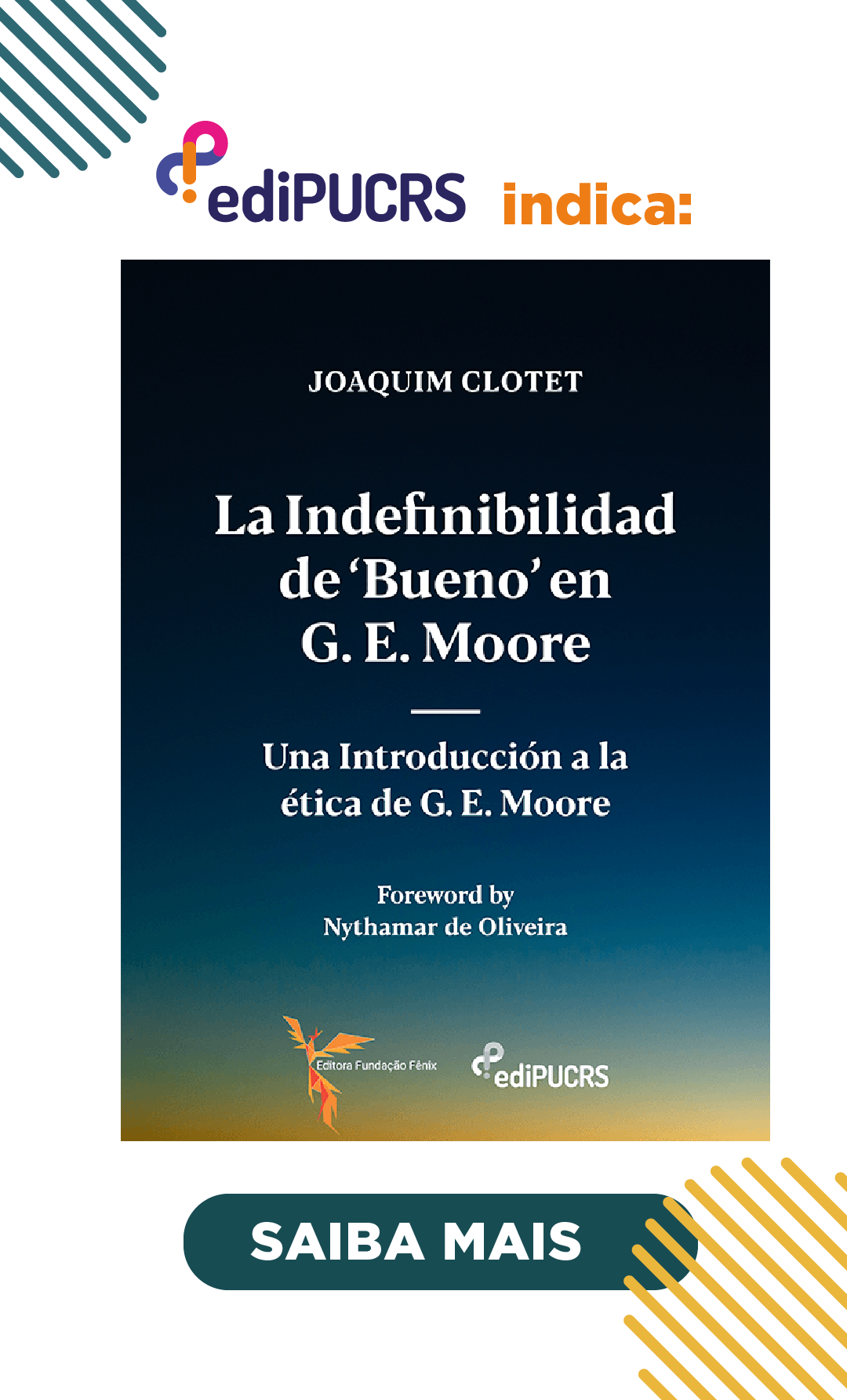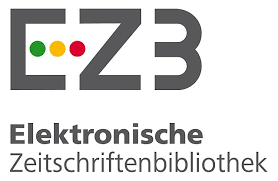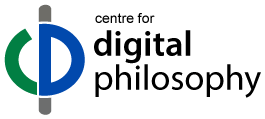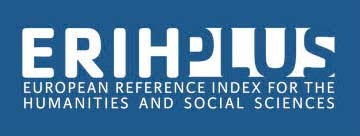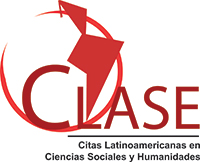Agostinho de Hipona
Congruência, a dinâmica do belo
DOI:
https://doi.org/10.15448/1984-6746.2022.1.43271Palavras-chave:
Agostinho de Hipona, beleza, congruência, vida feliz, corporeidadeResumo
Este artigo analisa a conceção agostiniana do belo a partir da relação dinâmica entre três elementos fundamentais: a congruência, o desejo e a felicidade. Nesta análise assinalam-se duas etapas do desenvolvimento da teoria agostiniana do belo. Uma primeira caracteriza-se pela adesão a uma conceção intelectualista do belo e da vida feliz. Uma segunda mostra como Agostinho, confrontado com o problema da visão de Deus in patria, integra a corporeidade na experiência do belo na fruição do bem supremo. Na conclusão, evidencia-se a valoração do corpo na fruição do belo na última doutrina de Agostinho e a ideia de congruência que lhe subjaz.
Downloads
Referências
AGOSTINHO DE HIPONA. Sermo 227. Patrologia Latina 38. Paris: Migne, 1895. [1257-1268].
AGOSTINHO DE HIPONA. A Cidade de Deus. Lisboa: Fundação Calouste Gulbenkian, 1995.
AGOSTINHO DE HIPONA. Diálogo sobre a vida feliz. Lisboa: Edições 70, 1997.
AGOSTINHO AGOSTINHO DE HIPONA. Confissões. Lisboa: Imprensa Nacional Casa da Moeda, 2000a.
AGOSTINHO DE HIPONA. Diálogo sobre a ordem. Lisboa: Imprensa Nacional Casa da Moeda, 2000b.
AGOSTINHO DE HIPONA. Diálogo sobre o livre arbítrio. Lisboa: Imprensa Nacional-Casa da Moeda, 2001.
AGOSTINHO DE HIPONA. Comentário Literal ao Livro do Genesis, Livro XII. Civitas Augustiniana, Porto, n. 2, p. 121-164. 2012a. Disponível em: https://ojs.letras.up.pt/index.php/civaug/article/view/648. Acesso em: 25 maio 2022.
AGOSTINHO DE HIPONA. A verdadeira religião. Porto: Afrontamento, 2012b.
BEATRICE, Pier Franco. Quosdam Platonicorum Libros: The Platonic Readings of Augustine in Milan. Vigiliae Christianae, Boston, n. 43-3, p. 248-281, 1989. DOI: https://doi.org/10.1163/157007289X00128
BEIERWALTES, Werner. Agostino e in neoplatonismo cristiano. Milano: Vita e Pensiero, 1995.
BETTETINI, Maria. Agostino e l’estetica’: um punto. Quaestio, Turnhout, n. 6, p. 57-79, 2006. DOI: https://doi.org/10.1484/J.QUAESTIO.1.100063
BUSSANICH, John. Happiness, Eudaimonia. In: FITZGERALD, A. D. (org.). Augustine Through the Ages: An Encyclopedia. Grand Rapids, Michigan: EErdmans Publishing, 2009.
CATAPANO, Giovanni. Introduzione. In: AGOSTINO. Vedere dio. Lettera 147. Roma: Città Nuova, 2019.
COLISH, Marcia. The Stoic Tradition: From Antiquity to the Early Middle Ages. Boston: Brill, 1985.
DE CAPITANI, Franco. Quomodo sit manifestum deum esse. Lettura del Libro II. In: G. MADEC, F.; DE CAPITANI, F.; TUNINETTI, L.; HOLTE, R. “De libero arbitrio” di Agostino d’Ippona. Palermo: Ed. Augustinus, 1990.
DONOHUE, Brian. Beauty and Motivation in Aristotle. Quaestiones Disputatae, Washington D.C., v. 2, n. 6, p. 26-43, 2016. DOI: https://doi.org/10.1353/qud.2016.0002
HALLIWELL, Stephen. Aesthetics in Antiquity. In: DAVIES, S. et al. (org.). A Companion to Aesthetics. Oxford: Wiley-Blakwell, 2009.
HARRISON, Carol. Beauty and Revelation in the Thought of Saint Augustine. Oxford Oxford Clarendon Press, 2005.
HEATH, Malcom. Unity, Wholeness, and Proportion. In: DESTRÉE, P.; MURRAY, P. (org.). A Companion to Ancient Aesthetics. Oxford: Wiley-Blakwell, 2015. DOI: https://doi.org/10.1002/9781119009795.ch25
KONSTAN, David. Beauty. In: DESTRÉE, P.; MURRAY, P. (org.). A Companion to Ancient Aesthetics. Oxford: Wiley-Blakwell, 2015. DOI: https://doi.org/10.1002/9781119009795.ch24
KONSTAN, David. Beauty: The Fortune of an Ancient Greek Idea. Oxford: Oxford University Press, 2014. DOI: https://doi.org/10.1093/acprof:oso/9780199927265.001.0001
MANFERDINI, Tina. Comunicazione ed estetica in sant’Agostino. Bologna: Edizione Studio Domenicano, 1995.
MARENBON, John. Medieval and Renaissance Aesthetics. In: DAVIES, S. et al. (org.). A Companion to Aesthetics. Oxford: Wiley-Blakwell, 2009.
OLIVEIRA E SILVA, Paula. Introdução. In: AGOSTINHO DE HIPONA. Diálogo sobre a Ordem. Lisboa: INCM, 2000.
OLIVEIRA E SILVA, Paula. Ordem e Mediação: A ontologia relacional de Agostinho de Hipona. Porto Alegre: Letra&Vida, 2012.
SCHINDLER, David Cristopher. Disclosing Beauty. Order and Disorder in Plato’s Symposium. In: RAMOS, A. (org.), Beauty and the Good. Recovering the Classical Tradition from Plato to Duns Scotus. Washington D.C.: Catholic University of America, 2020. DOI: https://doi.org/10.2307/j.ctv193rr2r.6
SOLIGNAC, Aimé. Le de pulchro et apto. In: AUGUSTIN. Oeuvres de Saint Augustin. Les Confessions. Paris: Institut d’ Études Augustiniennes,1998a.
SOLIGNAC, Aimé. Ce qu’Augustin dit avoir lu de Plotin. In: AUGUSTIN. Oeuvres de Saint Augustin. Les Confessions. Paris: Institut d’ Études Augustiniennes,1998b.
SVOBODA, Karel. L’estéthique de saint Augustin et ces sources. Paris: Les Belles Lettres, 1933.
TSCHOLL, Joseph. Dio & il bello in sant’Agostino. Milano: Edizioni Ares, 1996.
VAN OORT, Johannes. Augustine’s De pulchro et apto and its Manichaen Context. In: VAN OORT, J. Manichaeism in Early Christianity. Boston: Brill, 2020. DOI: https://doi.org/10.1163/9789004417595
VON BALTHASAR, Hans Urs. Gloria. Una estética teológica. Milano: Jaca Book, 1975.
Downloads
Publicado
Como Citar
Edição
Seção
Licença
Copyright (c) 2022 Veritas (Porto Alegre)

Este trabalho está licenciado sob uma licença Creative Commons Attribution 4.0 International License.
